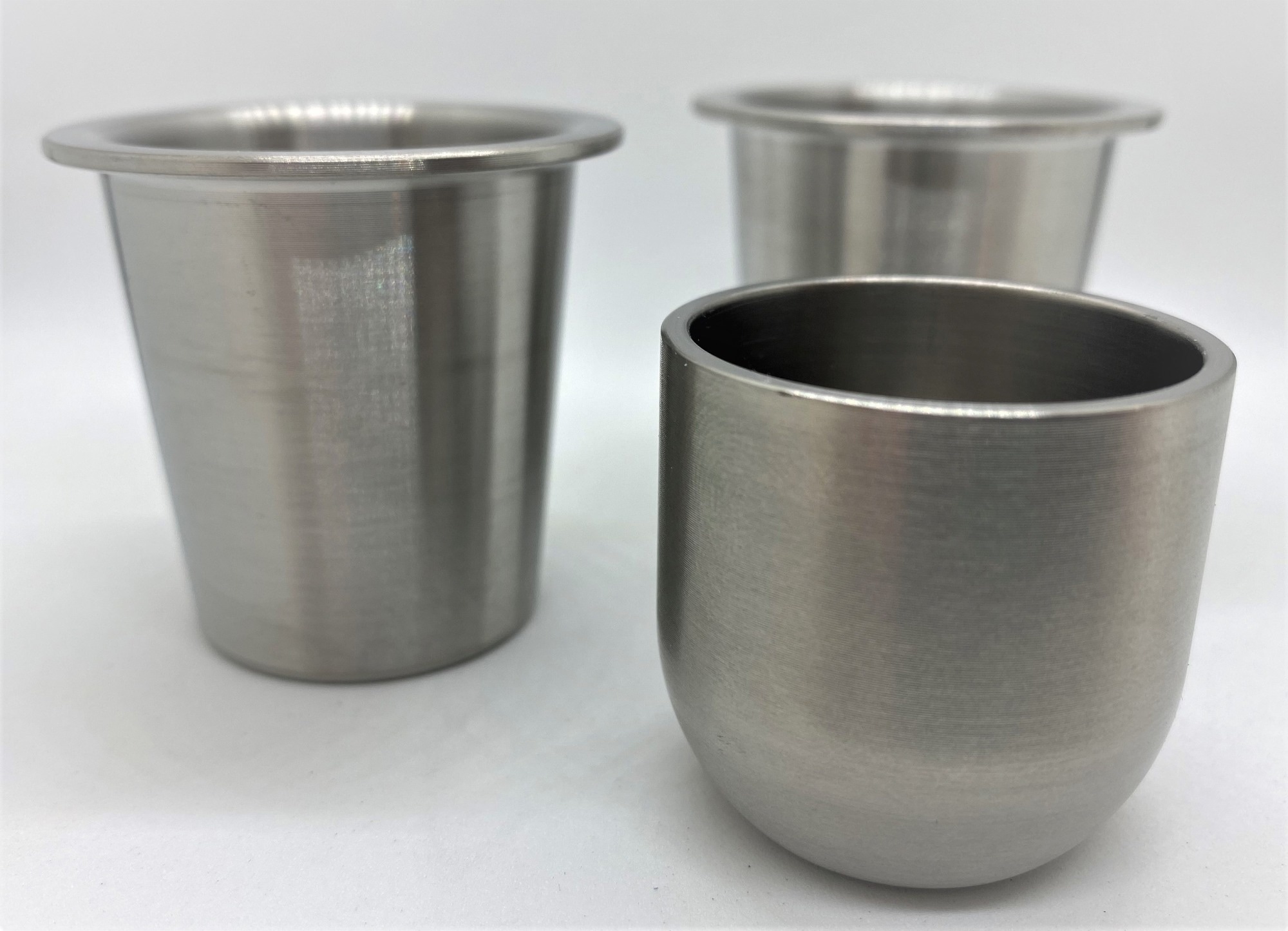A laboratory crucible is a high-temperature-resistant container designed to facilitate the melting of metals, glass, and pigments in a furnace. These crucibles are integral in metal casting experiments and are crafted from materials with substantially higher melting points than the substances they enclose, ensuring durability under extreme heat.
Laboratory crucibles are a fundamental part of laboratory equipment and are also quite valuable. Ensuring the correct use and maintenance of laboratory crucibles is essential to maximize their lifespan.
Using Laboratory Crucibles Effectively
Vigilance is crucial when using crucibles to ensure safe handling. One should never fill a laboratory crucible with cold metals like aluminum, as the expansion of metals can result in container cracking.

Image Credit: XRF Scientific
Before usage, the crucible must be tempered. This can be done by heating it to around 500 °F and holding it at this temperature for approximately twenty minutes. Slow cooling is necessary to evaporate any moisture inside.
The laboratory crucibles should be inspected for cracks before use, and any damaged crucible should be disposed of appropriately.
Cleaning Laboratory Crucibles
Cleaning laboratory crucibles is a relatively straightforward process but should be conducted meticulously to ensure they are adequately prepared for future experiments. The following steps should be followed for proper cleaning:
- Residue from prior experiments should be scraped off, and precautions should be taken when handling volatile substances.
- The crucible should be filled with solid fused potassium bicarbonate, ensuring it surpasses the remnants from previous experiments, potentially filling the entire crucible.
- Place the crucible on a burner and heat it until the fused bicarbonate transforms into a liquid state, stirring it regularly. After approximately one minute, a layer of red potassium salt will surface.
- Remove the laboratory crucible from the heat, pour out the melt, rinse it with hot water, dry it with a clean cloth, and let it cool.
Benefits of Platinum Laboratory Crucibles
Platinum possesses an exceptionally high melting point, low reactivity, and high malleability.
As a result of these characteristics, platinum crucibles are widely utilized in diverse research applications, such as ash testing and sample preparation. Platinum laboratory crucibles are also uniquely suited to fulfill the specialized requirements of various sectors.

This information has been sourced, reviewed and adapted from materials provided by XRF Scientific.
For more information on this source, please visit XRF Scientific.